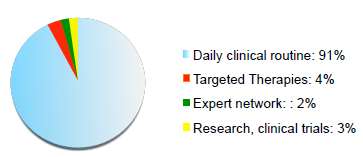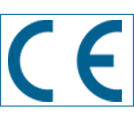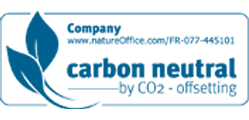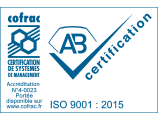Introduction
Because of cancer incidence rising, ageing population, improvement of standards of care and legal reason the paraffin block volume stored in pathology department have been increased a lot during the last decade.
In the same time, we need to manage these blocks more often because of advance of personalized medicine, second opinion and research projects with shortage of technicians and lab resources without real management system is essential.
Methods
In 2012 the medical device department of our institution signed a contract with a company, Dreampath, to cooperate in the validation of a paraffin block management system called Fina.
This automate has been running routinely in the lab since June 2014. We are a middle size lab producing about 100 000 blocks per year.
In the last twelve months we retrieved 19 712 blocks mainly for daily routine techniques (91%), for targeted therapy (4%), for expert network or second opinion (2%) and for research or clinical trials (3%).
Before FINA: All together these tasks needed a 1.4 full time equivalent person.


Block sorting:
- Before fina these blocks were sorted by numerical order in metallic drawers, which took a lot of space.
- We needed to move lots of blocks in case of largebseries coming late (autopsies, foetopathology, bone specimens…)
Block research:
- The technicians lost sometimes a lot of time finding blocks already out of the drawers: molecular pathology, research, wrong location..
- After use we had to re-archive the blocks in their initial place.
Final archiving:
- Once a week, blocks were transferred from metal drawers into cardboard drawers for long term storage.
- There was no security of block access and we used a block register only for long term exit.
Results with Fina
1. Fina system is composed of:
- A scanner with software,
- A computer with a PDA,
- A label printer and
- Some cabinets
2. Blocks are stored in a tray at the cutting station
- 240 blocks per tray.
- Blocks are placed in any order (time-saving).
3. Once the technicians have finished cutting they scan the tray in FINA.
Scanning time varies from 2 to 6 mn due to number of blocks, quality of printing and cleanness of the block.
4. If the barcode is damaged, a picture of the block is taken.
Percentage of unreaded blocks is low 242/26400 (< 1%): first reason was paraffin deposition on the barcode

5. Blocks are removed with the PDA, which contains all the needed information to inform the database.
- After use, they are replaced in the current tray and re-scanned.
- For each block we can inform the system about the reason and the expected duration of the block exit. Reports on block management can be obtained and exported
- Storage cabinets
- Impact on our resources

Conclusion
We have gain resources
- We’re saving 1 FTE
- We are working to the
connection of FINA to our LIS
We have free-up space in the lab
- 4 linear meter saved
We improved block traceability
- Where the block is at all times
- Who, when and why retrieved
- Reduces errors
We improved safety
- Need to log for software access
- Unique tray for long-term storage



